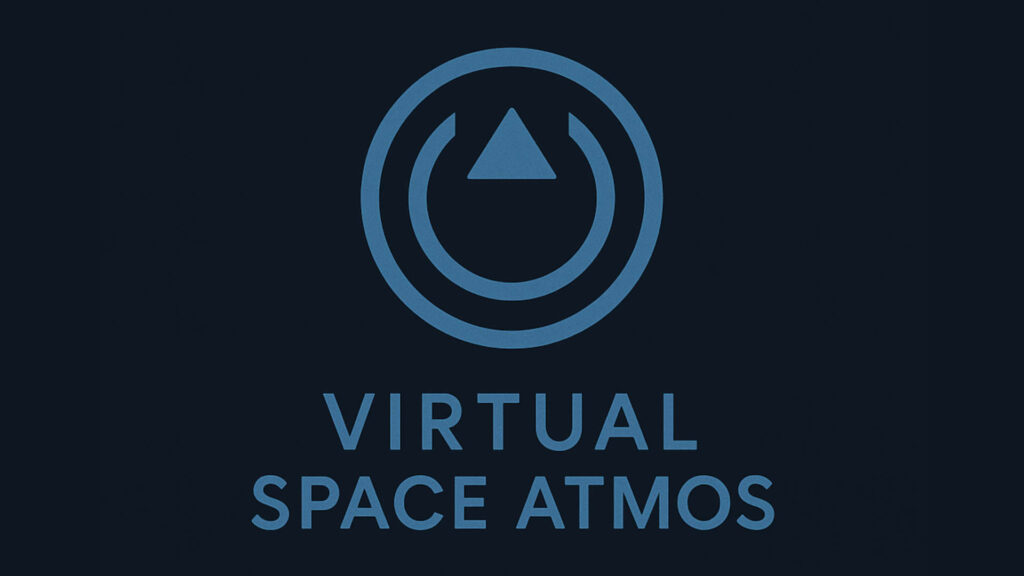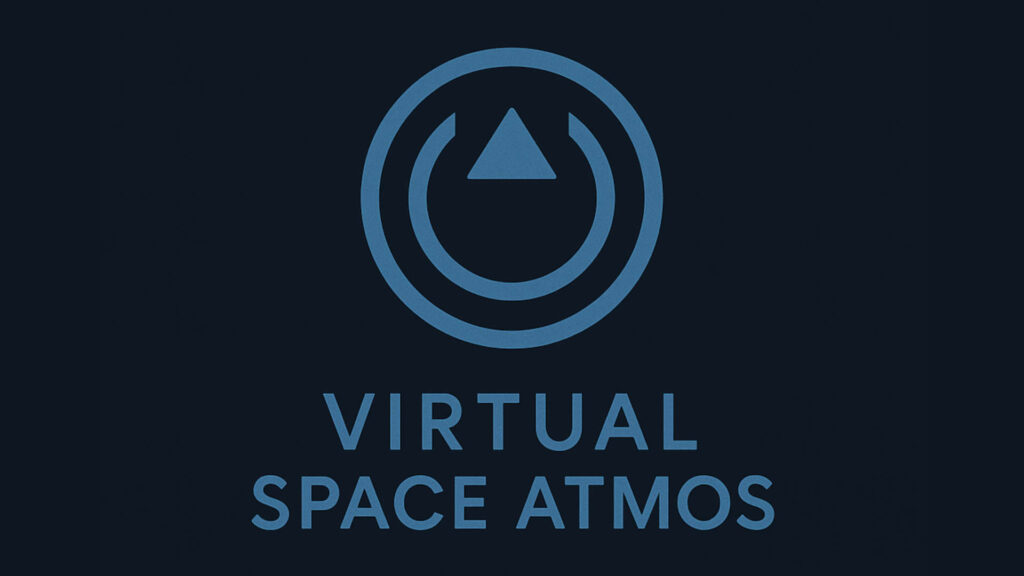
Un progetto open source italiano porta un tocco di immersività Dolby-like anche sul pinguino.
Chiunque abbia provato il Dolby Atmos sa quanto possa trasformare l’esperienza di ascolto: un suono tridimensionale che ti avvolge, perfetto per film, serie TV, videogiochi e persino per alcuni contenuti musicali in streaming.
Purtroppo, gli utenti GNU/Linux conoscono bene il problema: anche se il proprio computer dispone di un chip certificato Dolby Atmos, questo resta praticamente inutilizzabile sul pinguino. Il motivo? Atmos è una tecnologia proprietaria e chiusa, e le licenze non vengono rilasciate per i sistemi GNU/Linux. Le poche soluzioni disponibili online sono spesso frammentarie, complesse da configurare e comunque molto lontane dall’immediatezza che Atmos offre su Windows o macOS.
Un nuovo progetto open source tutto italiano
Proprio per sopperire, almeno in parte, a questa mancanza è nato Virtual Space Atmos, un progetto indipendente ideato da Klod Cripta.
Si tratta di un preset audio completamente gratuito e open source, sviluppato per funzionare su GNU/Linux tramite PipeWire e EasyEffects.
L’obiettivo non è “replicare” il Dolby Atmos (che rimane un sistema proprietario inarrivabile), ma offrire un’alternativa semplice da installare che riesca a fornire spazialità audio, profondità e una maggiore immersività rispetto al suono standard.
La particolarità del progetto è la facilità d’uso:
- basta installare EasyEffects dai repository software ufficiali della propria distribuzione,
- scaricare il file di configurazione da GitHub,
- importarlo con un click nel programma,
- e attivare il preset.
In pochi secondi, Virtual Space Atmos è operativo.
Bassi profondi e suono bilanciato
Oltre a lavorare sulla spazialità, il preset è stato attentamente bilanciato per offrire bassi pieni, profondi e dinamici, senza mai coprire le frequenze medie e alte.
L’equalizzatore a 32 bande incluso nel profilo è stato regolato per dare energia alle basse frequenze, chiarezza ai dialoghi e brillantezza agli effetti sonori.
Questo rende Virtual Space Atmos ideale per la visione di film e serie TV, ma anche per contenuti online come i test audio presenti su YouTube o per la musica stereo tradizionale.
Open source, gratuito e per tutti
Virtual Space Atmos è completamente gratuito e distribuito con licenza MIT. Non richiede repository software esterni, PPA o pacchetti AUR: tutto si installa solo da fonti ufficiali, garantendo stabilità e sicurezza.
La guida completa, insieme al file di configurazione e alle istruzioni dettagliate per l’installazione su Arch Linux, Ubuntu, Fedora e altre distribuzioni, è disponibile sul sito ufficiale del progetto: https://virtual-space-atmos.jimdosite.com
Disclaimer
Virtual Space Atmos è un progetto indipendente, non commerciale e non è affiliato, supportato o associato in alcun modo a Dolby Laboratories.
Questo preset è stato creato con lo scopo di migliorare l’esperienza audio degli utenti GNU/Linux, senza violare alcuna proprietà intellettuale.
Conclusioni
Virtual Space Atmos non vuole sostituire Dolby Atmos, ma rappresenta un modo semplice e alla portata di tutti per ottenere un audio più spaziale, avvolgente e piacevole anche sui sistemi GNU/Linux.
Un piccolo grande passo per colmare una mancanza che, fino a oggi, gli utenti GNU/Linux erano costretti a subire.
—
Klod Cripta è un appassionato del mondo GNU/Linux da oltre 15 anni. Ha iniziato il suo percorso con Ubuntu e, dopo un periodo di distro-hopping, si è stabilmente fermato su Arch Linux. Segue attivamente la community open source: dal 2023 fa parte dello staff di Architalia Linux e ha partecipato come Beta Tester alla distribuzione Core Linux. Dal 2024 è socio dell’ILS – Italian Linux Society e, per passione, sperimenta con piccoli script in Bash. Oltre al software libero, coltiva interessi creativi: ha pubblicato il romanzo gothic high fantasy Ethoria: L’Ordine della Luna Nera (PAB Editore) e si dedica alla musica utilizzando la DAW Reaper su piattaforme open source.
Source: Read More

